When it comes to the topic of ‘Why Go Green’, we here at Magic Pixies speak a lot about the outside environment and how using eco-friendly products and green choices can benefit the earth. Whilst this is all very important, it’s also a huge benefit to our indoor environment too – which is often overlooked. Using eco-friendly, green products compared to standard products inside your home means there are less toxic chemicals which cause Indoor Air Pollution. To find out more about Indoor Air Pollution, head to our ‘Why Go Green’ page.
Indoor air pollution is dust, dirt or gases in the air inside that harm us when inhaled. It can be caused by many things – one of which being the harsh chemicals in ordinary cleaning products. These chemicals can cause numerous health issues and allergies. This may sound scary, but we don’t want you to panic! There are plenty of ways in which you can clean your indoor air.
1. Get Some Houseplants
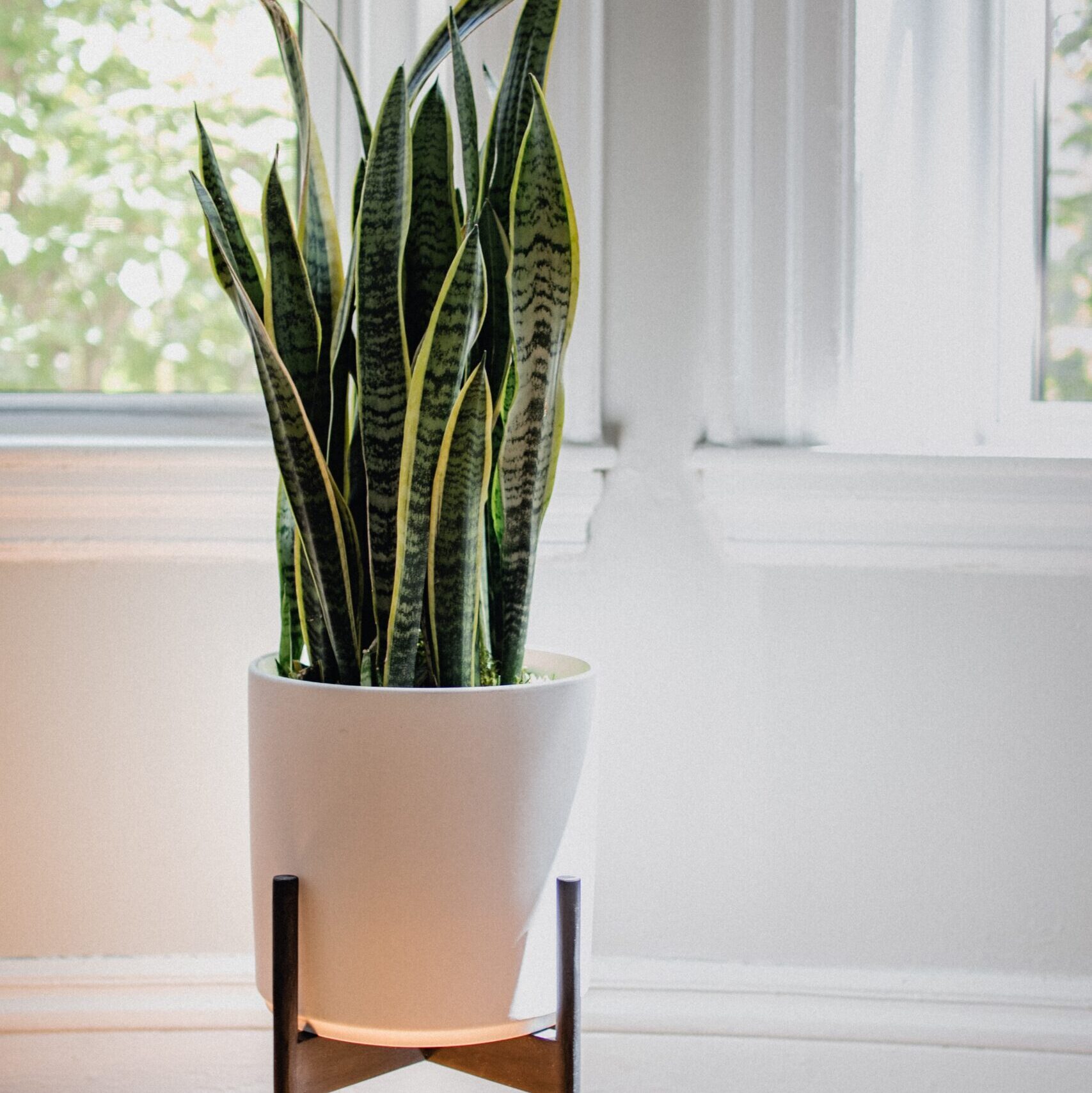
That’s right, plants aren’t only a beautiful way to decorate your home.. But they are also a brilliant way to purify your indoor air. Plants are nature’s life support system, so it makes sense that they can work wonders in your household too. Different houseplants can remove different toxins in the indoor air – the Peace Lily works on benzene, carbon monoxide, formaldehyde, trichloroethylene and xylene, whilst being a great plant for rooms with low levels of light. If you’ve got a bigger space, go for an Areca palms. These big, leafy plans remove benzene, carbon monoxide, formaldehyde, trichloroethylene and xylene, whilst also being non-toxic to cats and dogs. Other plants that are lovely to look at, not too difficult to look after and great at cleaning toxins are Mother-In-Laws Tongue, Rubber Plant, Devil’s Ivy and Aloe Vera. Check out this study by NASA [source].
2. Open Your Windows
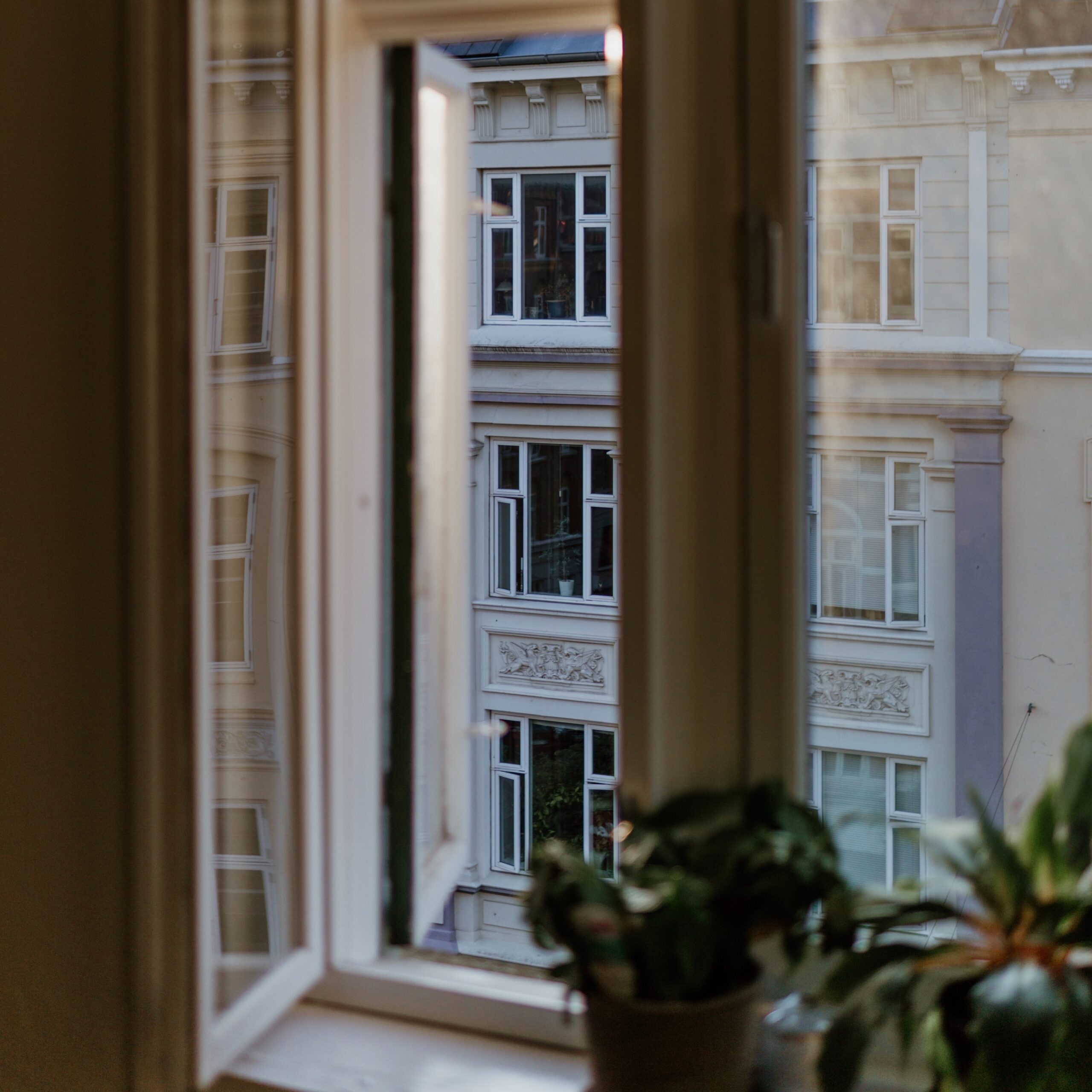
This one may seem a little bit obvious, but keeping fresh air flowing through your house is really important for the quality of your indoor air. This is something that’s been advertised a lot recently due to Covid-19 and it’s the same principle.. If you let fresh air in, you let air containing germs/toxins out! This is more difficult when the weather is cooler but try to always allow some sort of ventilation each day, especially if using any products that are toxic or decorating.
3. Clean Your Oven, Turn On Your Extractor & Try Not To Burn Food!
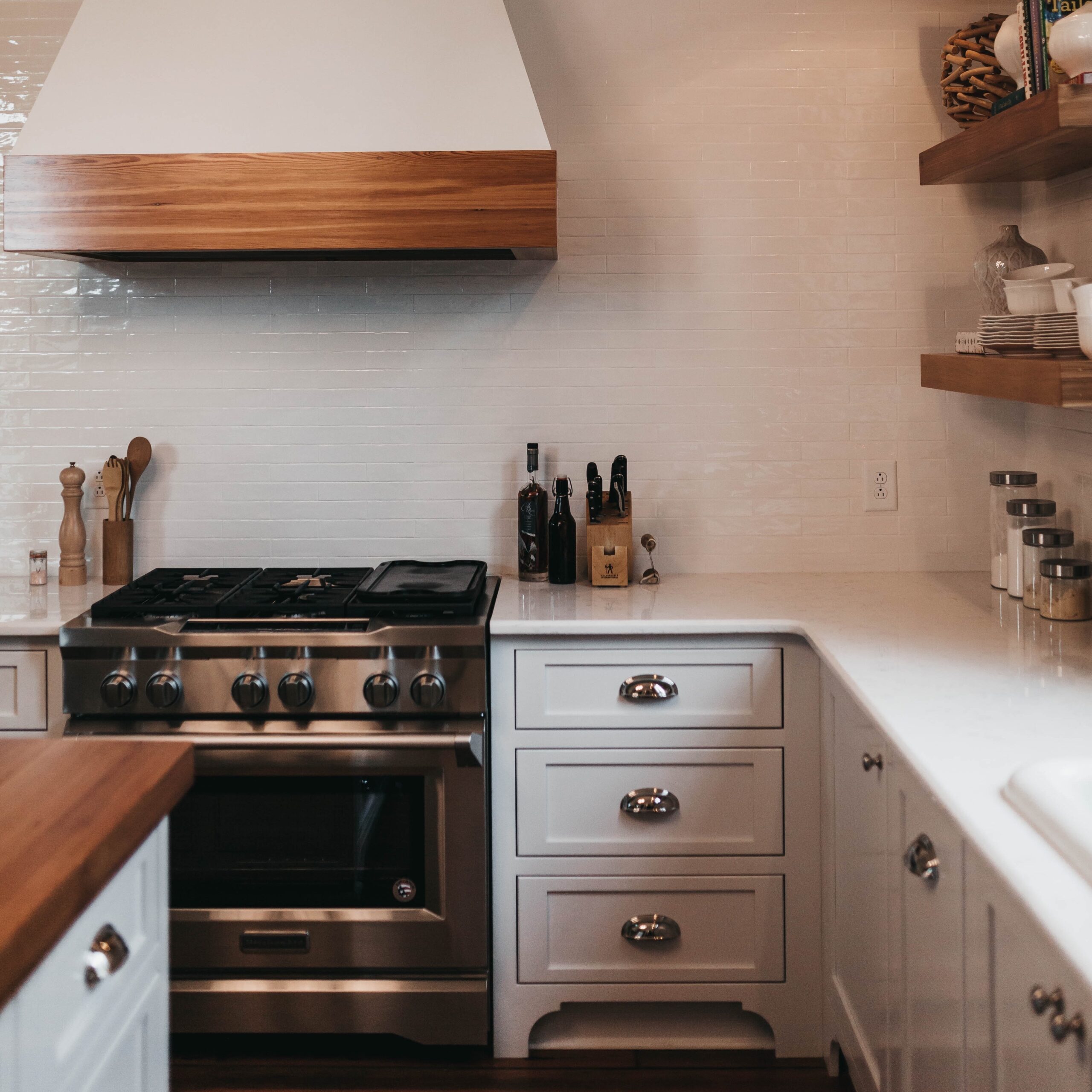
Keeping your oven clean on a regular basis can prevent any unnecessary VOCs (Volitile Organic Compounds) entering your indoor air, as each time it is not burning any dirt that is left inside. It is also important when cooking to ensure you use an extractor or open a window to keep the area ventilated. Ovens emit a harmful pollutant called PM2.5 into the air, with higher levels emitted when grilling or burning food! Obviously no one wants to burn their food, but here’s another reason why you should keep an eye on the timer! [source]
4. Use Eco-Friendly Cleaning Products
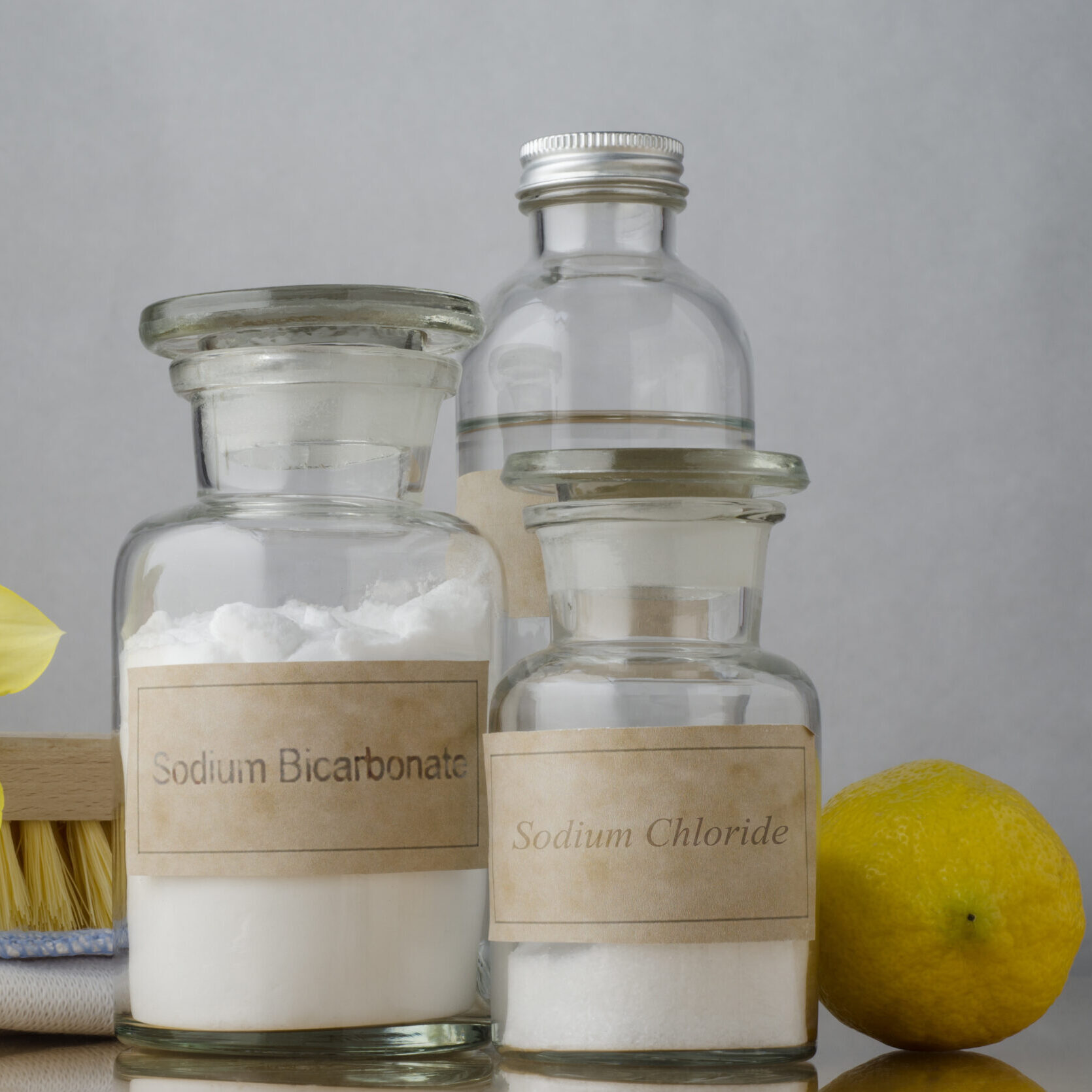
Many cleaning products contain chemicals called VOCs – Volatile Organic Compounds. These evaporate into your indoor air as we use them (or even sometimes whilst they’re being stored) and can react with each other, forming new chemicals. Some examples of VOCs are acetone, xylene and formaldehyde. Studies suggest being exposed to these chemicals increases your risk of developing asthma or allergies – therefore it’s important we try to avoid them being in our homes for us to breathe in. This is something we’ve spoken a lot about on our Why Go Green page – so head there for more, in-depth information.
5. Avoid Using Candles

If you can help it.. This one is tricky – we all love to light a candle to help us relax in the evening! Unfortunately, when burning candles they release carcinogenic toxins (benzene, toluene, formaldehyde, acetaldehyde and acrolein) in addition to soot into our indoor air [source].
Paraffin candles and scented/aromatic candles are the worst, and these also happen to be the most common candles on the market. The emissions from paraffin candles contain many of the same toxins produced by burning diesel fuel.. Not something you’d do in your home! If you’re using candles to cover a smell, the best thing is to find the root of the smell and eliminate it from the source. If you use candles as you like the aroma, try a natural diffuser instead! Using diffuser with essential oils is a great way to freshen the air without unnecessary chemicals.
6. Keep Your Chimney Clean (if you have a working fireplace)
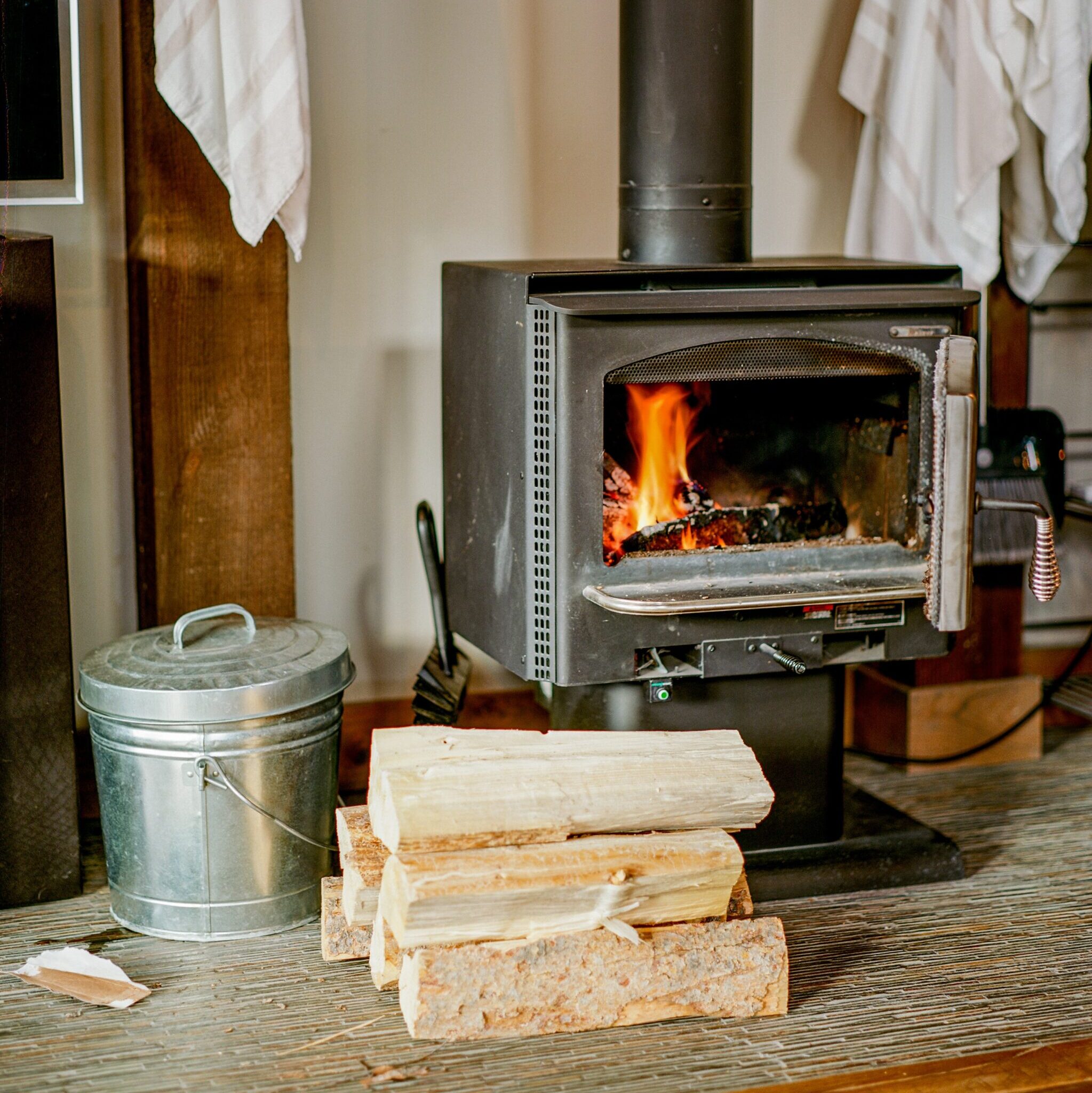
Wood burners release high intensities of PM2.5 and PM1, which the WHO (World Health Organisation) have identified to be a very serious risk to health. If you are using a wood burner, it’s best to burn untreated, fully dried wood – these release far less particle matter into your indoor air than wet logs or coal. It’s important that you keep your chimney clean to ensure that the smoke has a means to escape, otherwise it can create a sooty build-up.
7. Smudge with Sage
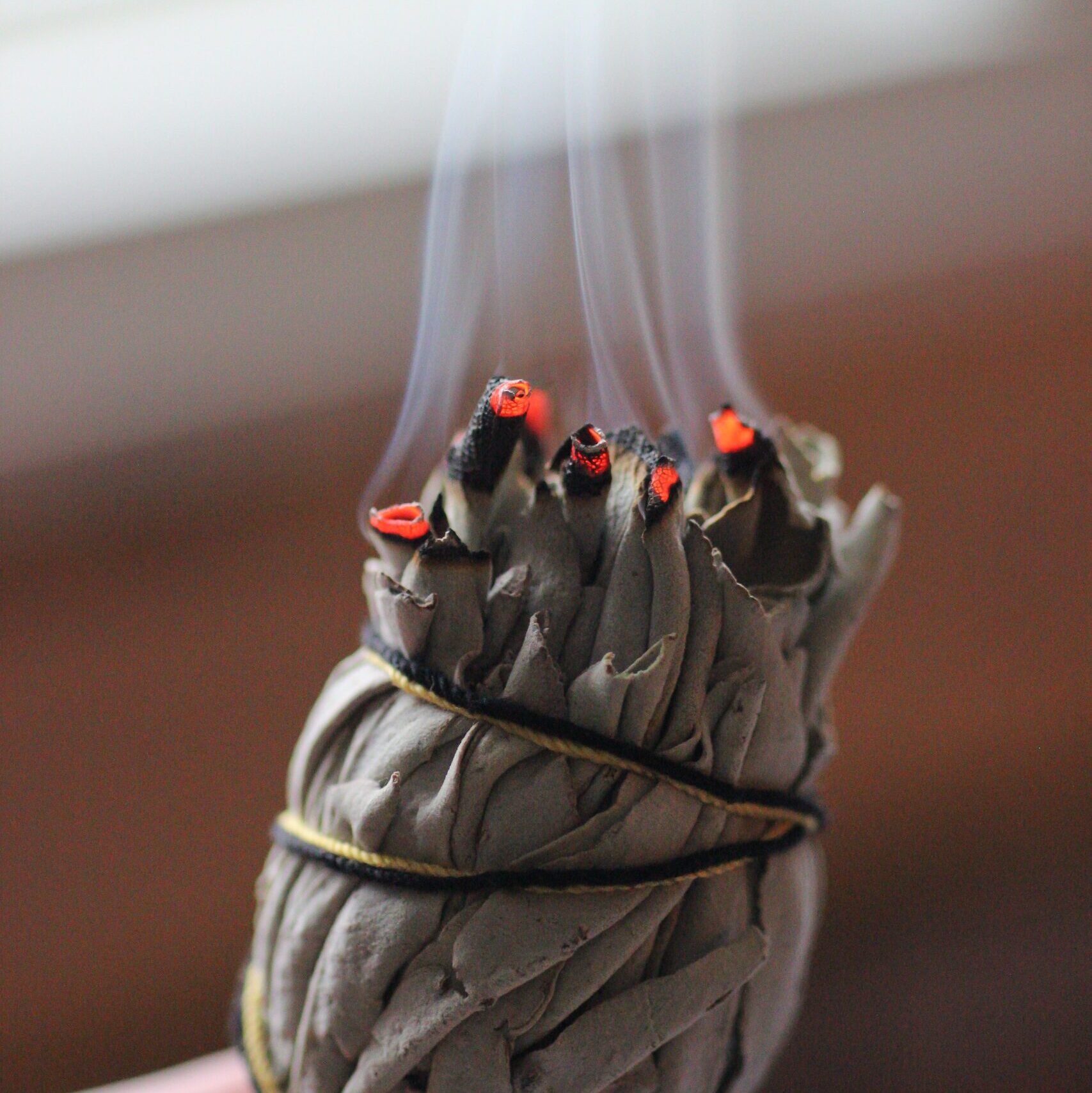
Burning sage — also known as smudging — is an ancient spiritual ritual. It is believed to remove bad energies around your house, and also has antimicrobial properties that can clean your indoor air. This means most used types of sage when keep infectious bacteria, viruses, and fungi at bay, with white prairie sage also being antibacterial. Though it isn’t scientifically proven, burning sage is also thought to release negative ions, therefore helping neutralise positive ions. Common positive ions include pollution, dust and mould, so burning sage could help those with chronic lung conditions. If you do try smudging, always do so follow recommended instructions and make sure to keep windows open – learn more here!